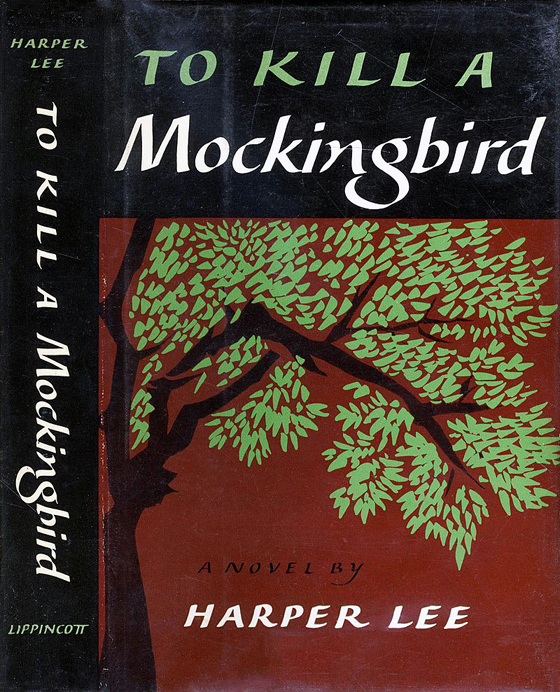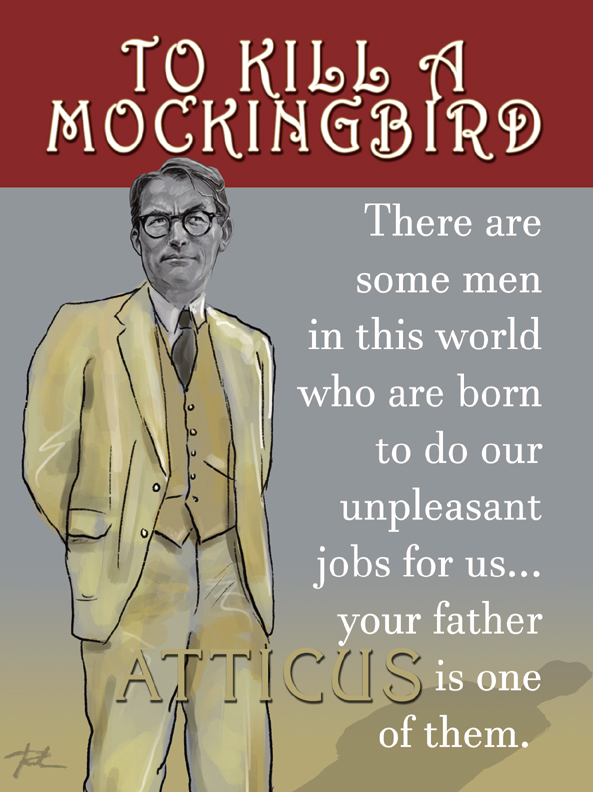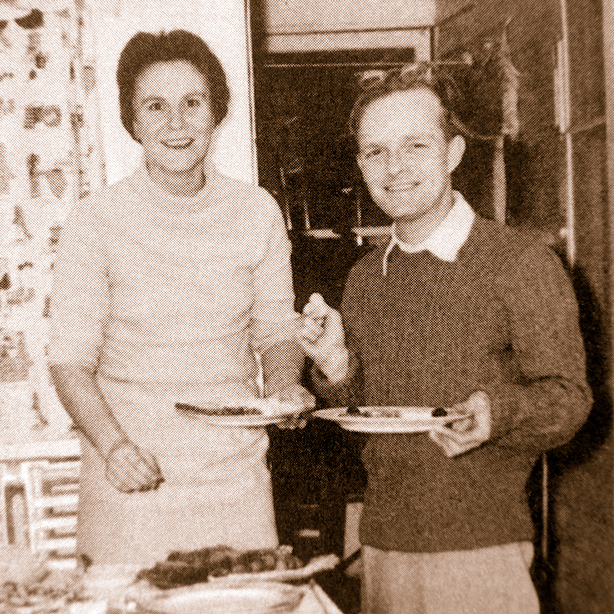
“To Kill a Mockingbird” by Harper Lee
“To Kill a Mockingbird” is a classic 1960 novel that delves into the complexities of racial injustice and the moral conscience of a small Southern town.

Published in 1960, this Pulitzer Prize-winning book continues to captivate readers with its compelling characters, powerful themes, and thought-provoking narrative. Set in the 1930s during the Great Depression, the story unfolds through the eyes of Scout Finch, lawyer Atticus Finch’s young daughter, growing up in the fictional town of Maycomb, Alabama. Through Scout’s innocent yet perceptive viewpoint, Lee offers profound insights into the human condition, challenging readers to confront their own prejudices and embrace empathy.
The novel begins with Scout, her brother Jem, and their friend Dill as they embark on a journey of self-discovery and learn valuable lessons about compassion, integrity, and the destructive nature of prejudice. As the story progresses the story shifts around Scout’s father, Atticus Finch, a lawyer who defends a black man named Tom Robinson falsely accused of raping a white woman, Mayella Ewell.
The events lead to tension as the trial unfolds, highlighting the deep-rooted racism and inequality prevalent in Maycomb in the 60s. Despite overwhelming evidence of Tom’s innocence, the biased jury delivers a guilty verdict, highlighting the pervasive nature of prejudice in society. Through Atticus’ unwavering commitment to justice, the novel presents a powerful critique of the flawed legal system and the social barriers that hinder progress. A topic even more timely today.

In parallel to the trial, Scout and Jem experience the cruel realities of racism firsthand. They befriend a reclusive neighbor, Boo Radley, who becomes a symbol of misunderstood innocence. The children’s gradual realization of the complexities of their community challenges their own prejudices and shapes their understanding of empathy and compassion.
Themes and Symbolism
“To Kill a Mockingbird” tackles a multitude of timeless themes, primarily exploring racial injustice, social inequality, and the loss of innocence. Lee uses the symbol of the mockingbird to convey the idea of innocence destroyed by prejudice. Atticus advises Scout and Jem that it is a sin to kill a mockingbird because they provide nothing but joy through their song. Similarly, Tom Robinson and Boo Radley are metaphorical mockingbirds, innocent victims of society’s prejudice and cruelty.
The novel also addresses the theme of moral courage, as embodied by Atticus Finch. Despite facing overwhelming odds and condemnation from the townspeople, Atticus fearlessly defends Tom Robinson, guided by his unwavering sense of right and wrong. Through Atticus, Lee emphasizes the importance of standing up for justice and challenging societal norms, even in the face of adversity.
Impact and Significance
“To Kill a Mockingbird” remains an influential and thought-provoking work of literature that continues to resonate with readers across generations. Lee’s nuanced portrayal of characters, including the fiercely independent Scout, the compassionate Atticus, and the mysterious Boo Radley, enables readers to connect with their struggles and triumphs. The novel’s exploration of racial injustice, empathy, and the loss of innocence encourages introspection and raises important questions about societal norms and the pursuit of justice.

Beyond its literary merits, “To Kill a Mockingbird” has also had a profound impact on American society. It played a significant role in shaping conversations about race and social equality during the civil rights movement of the 1960s and continues to inspire discussions about systemic racism and the importance of empathy in today’s society.
The court scene of the movie “To Kill a Mockingbird.”
Who Was Harper Lee?
Nelle Harper Lee was born on April 28, 1926 in Monroeville, Alabama, the youngest of four children. Her father, A.C. Lee, was a lawyer who once defended two black men accused of murdering a white storekeeper. Both father and son were hanged.

Lee developed a passion for English literature while enrolled at Monroe County High School, under the guidance of her teacher, Gladys Watson, who became her mentor. After graduating in 1944, Lee attended the University of Alabama where she wrote for the university newspaper, followed by a summer school program, “European Civilisation in the Twentieth Century,” at Oxford University in England.
In 1949, Lee made her way to New York City where she first worked at a bookstore, then as an airline reservation agent—while writing in her spare time. Eight-years later, the now 31-year-old Lee delivered a manuscript, “Go Set a Watchman” to the Lippincott publishing house who eventually bought it. At Lippincott, the novel fell into the hands of Tay Hohoff. Hohoff was impressed, and felt “The spark of the true writer flashed in every line”, but saw the manuscript not ready publication, describing it as “more a series of anecdotes than a fully conceived novel.” Lee wrote a series of drafts under Hohoff’s guidance, who later described the process: “After a couple of false starts, the story-line, interplay of characters, and fall of emphasis grew clearer, and with each revision—there were many minor changes as the story grew in strength and in her own vision of it—the true stature of the novel became evident. “Go Set a Watchman” achieved its finished form and was retitled “To Kill a Mockingbird.” Lee opted to use the name “Harper Lee” rather than risk having her first name Nelle be misidentified as “Nellie.”

Photograph courtesy of The Truman Capote Literary Trust, via New York Public Library.
I never expected any sort of success with Mockingbird. I was hoping for a quick and merciful death at the hands of the reviewers, but at the same time I sort of hoped someone would like it enough to give me encouragement. Public encouragement. I hoped for a little, as I said, but I got rather a whole lot, and in some ways this was just about as frightening as the quick, merciful death I’d expected.
— Harper Lee, 1964.
“To Kill a Mockingbird” was published July 11, 1960, was an immediate bestseller and won great critical acclaim, including the 1961 Pulitzer Prize in Fiction.
In 2010, President Barack Obama awarded Lee the National Medal of Arts, the highest award given by the United States government for “outstanding contributions to the excellence, growth, support and availability of the arts.”
Nelle Harper Lee died in her sleep on the morning of February 19, 2016, aged 89, Monroeville, Alabama.






















